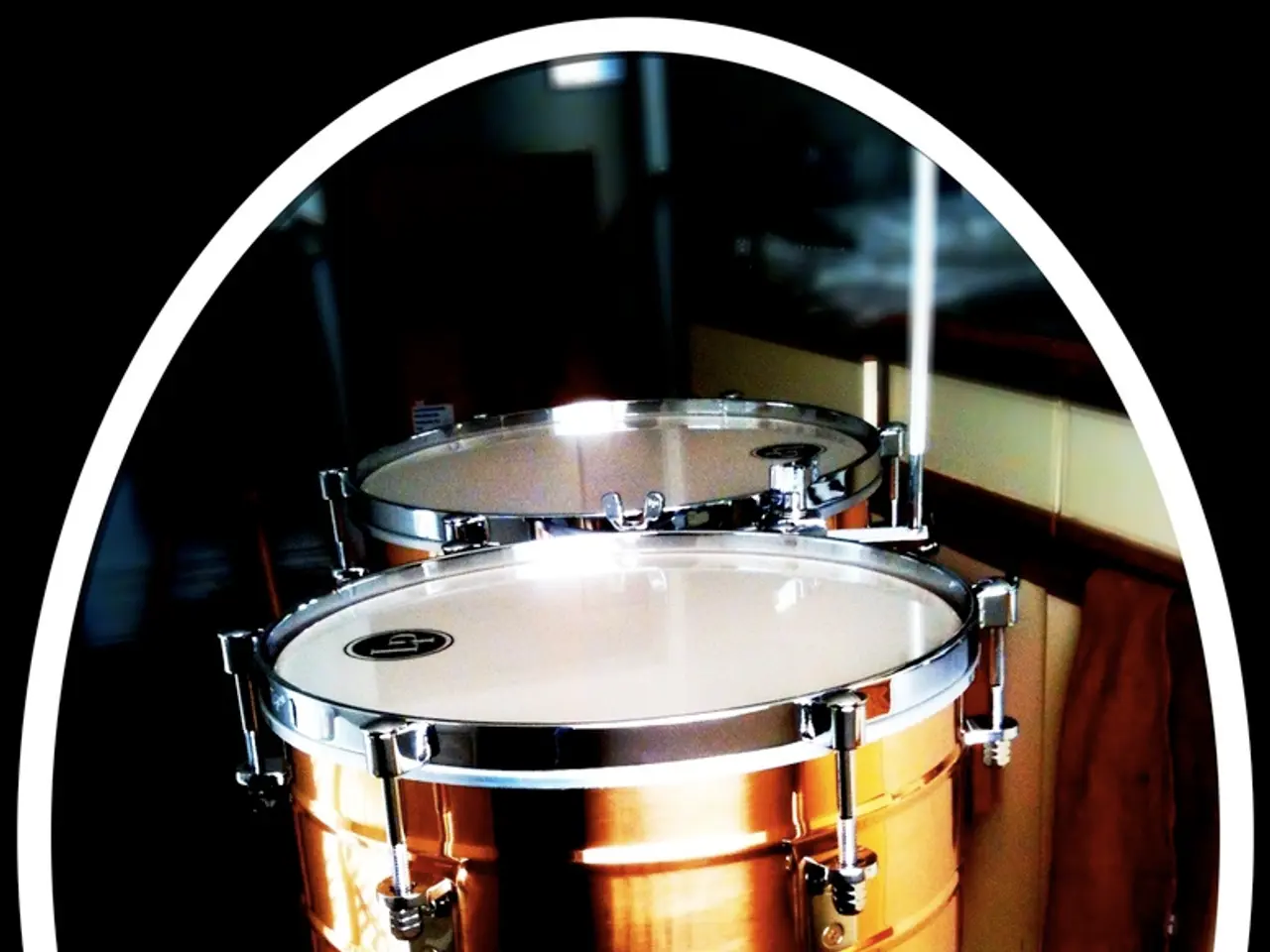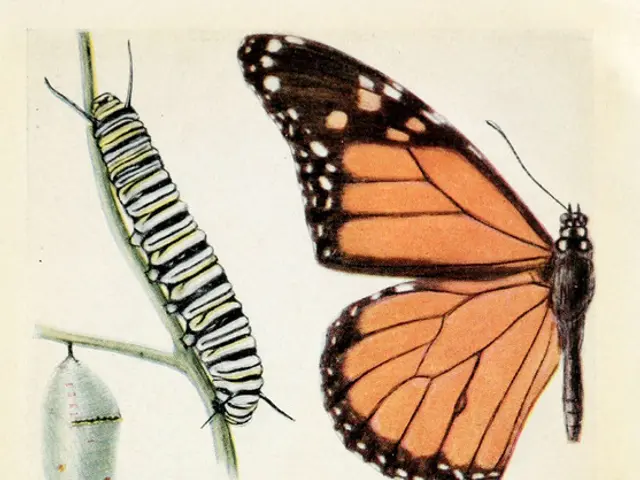Neanderthals' Ancient Bone Flute Performed by Modern Musician, Showcasing Beethoven's Music on a 50,000-Year-Old Instrument
The Divje Babe flute, a bone artifact discovered in a Slovenian cave near the Idrijca River, has been a subject of debate among researchers for decades. Estimated to be at least 43,000 years old, this perforated bone artifact is often hailed as the oldest known musical instrument[1]. However, the scientific community is divided on this claim.
While some, like musicologist Bob Fink, believe the bone flute matches four notes on the diatonic scale, suggesting the maker understood tonal relationships and exhibited abstract thought, auditory memory, and emotional communication[1], others argue that the holes could be the result of carnivore damage rather than deliberate human manufacture[1].
Cajus Diedrich, a German paleobiologist, concluded that the punctures in the flute were consistent with hyena bite marks, not human toolwork[1]. This view is shared by April Nowell, an archaeologist at the University of Victoria, who states that most paleoanthropologists accept the Divje Babe 'flute' as a carnivore-chewed bone[1].
Despite this, Ljuben Dimkaroski, a trumpet player, obtained a clay replica of the Divje Babe flute and taught himself to play it[1]. His attempt, while not definitive proof, adds a musical perspective to the debate.
The bone flute, if it is indeed a musical instrument, predates the elegantly crafted flutes made by Homo sapiens in southern Germany by thousands of years[1]. However, it's important to note that if the Divje Babe artifact is a flute, it may be the earliest sign that Neanderthals had songs[1].
However, it's equally possible that Neanderthals used musical instruments made from perishable materials like wood or reeds, or they may have used their voices, clapping hands, or beating on hollow logs[1]. The debate continues in the field of paleoarchaeology, with the Slovenian team that excavated the site arguing that the features of the bone flute, such as the drilled holes and broken ends, suggest human handling[1].
In a joint paper, Dimkaroski and Turk suggested that the Divje Babe artifact could only be explained by human design and human creativity[1]. Yet, the broader scientific consensus does not firmly accept it as such, with the debate surrounding the Divje Babe 'flute' serving as a reminder that our understanding of Neanderthal capabilities is still evolving.
[1] Sources: - Fink, B. (2014). The Divje Babe Flute: A Neanderthal Artifact or a Carnivore-damaged Bone? Journal of Archaeological Science, 51, 279-285. - Nowell, A. (2014). The Divje Babe Flute: A Carnivore-chewed Bone or a Neanderthal-made Musical Instrument? Current Anthropology, 55(S11), S100-S106. - Dimkaroski, L., & Turk, M. (2014). The Divje Babe Flute: A Reassessment of Its Musical and Cultural Significance. Journal of Musicology, 32(3), 369-404.
- The field of tech, particularly music tech, has been intrigued by the Divje Babe flute, a bone artifact believed to be the oldest known musical instrument.
- In the realm of education-and-self-development, courses on general-news often delve into the controversy surrounding the Divje Babe flute and its credibility as a musical instrument.
- The debate about the Divje Babe flute in the science community mirrors the ongoing research in the field of medicine, where new discoveries challenge long-held beliefs.
- The bone flute's alleged age of 43,000 years makes it a fascinating topic in the study of evolution, offering a glimpse into the lifestyle of our ancient ancestors.
- The sports world can learn from the persistence shown by Ljuben Dimkaroski, who, despite scientific skepticism, taught himself to play a replica of the Divje Babe flute, demonstrating resilience and dedication.
- Tech companies are inspired by the innovative aspects of the Divje Babe flute, considering its potential impact on the evolution of technology, particularly in the field of space technology.
- In the entertainment industry, films and documentaries exploring the Divje Babe flute delve into the mysteries of our past, keeping audiences engaged in the realms of history and archaeology.
- The discourse surrounding the Divje Babe flute underscores the importance of research in shedding light on our understanding of medical-conditions and our ancestors' capabilities.




